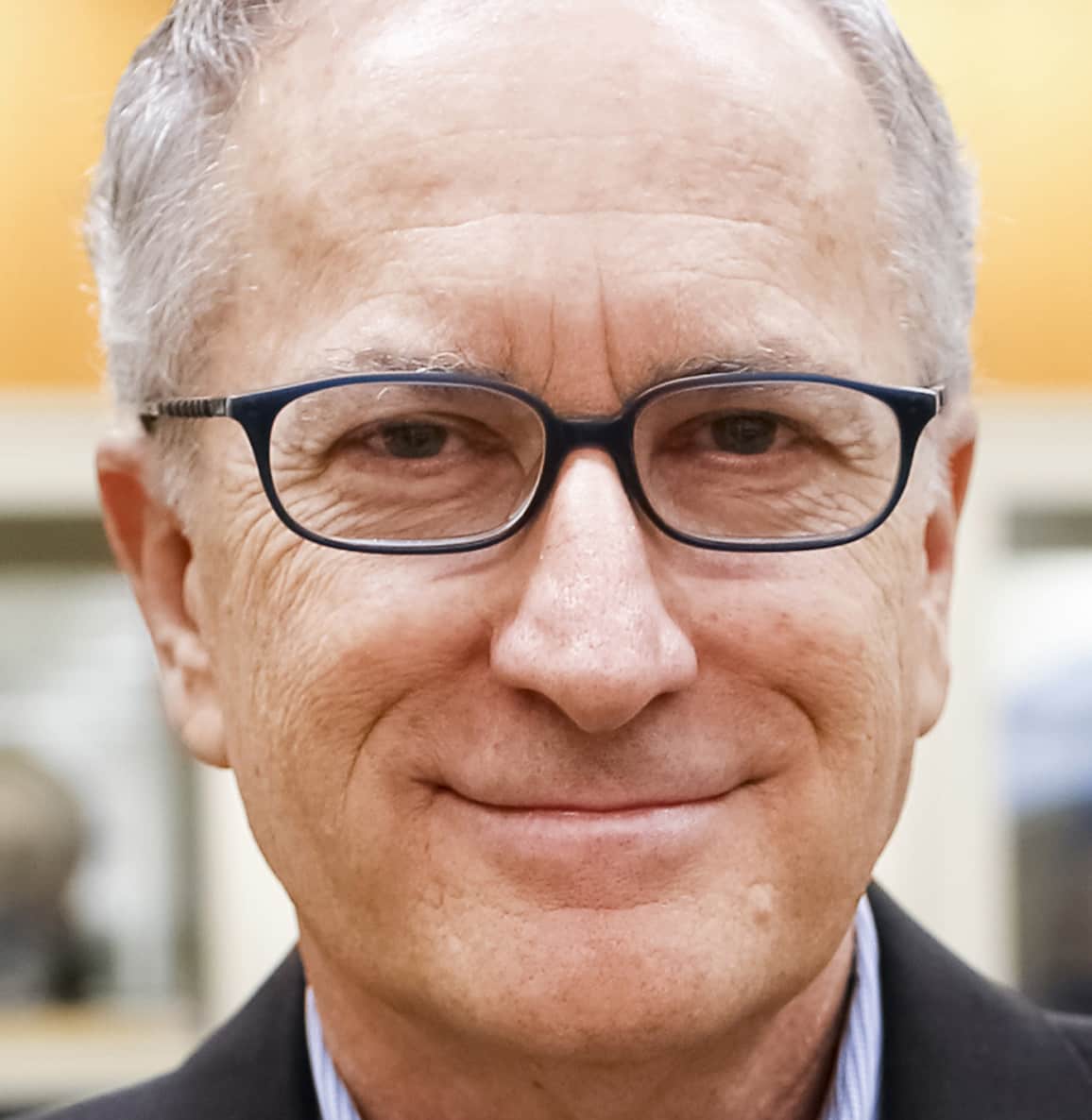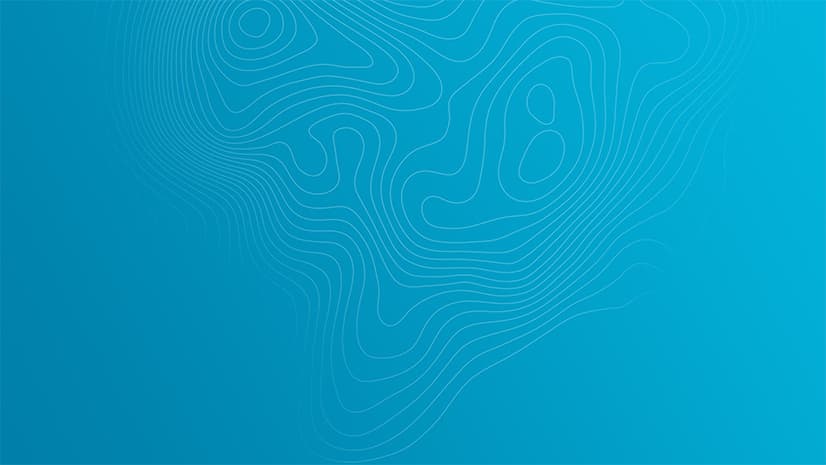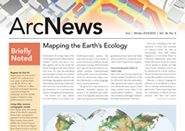Crossing Borders
Do you remember the first time you got excited about geography or GIS?
Do you recall your first experience with geospatial technology and that key person who helped you along the way?
A single moment of discovery can open up an entire new world of thought and possibility. That first fascination with a subject—at any age—can be a life-changing experience and one that can lead to a lifelong passion and new career path.
Now you can help inspire a new generation of young geospatial technology users and innovators and yourself in the process by becoming a ConnectED GeoMentor.
Building the ConnectED GeoMentor Program
Esri and the Association of American Geographers (AAG) are working together to develop a nationwide GeoMentoring network of knowledgeable GIS users and educators to support the US government’s ConnectED Initiative. This will maximize the benefits of Esri’s remarkable donation of $1 billion in ArcGIS Online software to all K–12 schools in the United States.
The ConnectED Initiative, announced by the Obama administration in June 2013, is designed to enrich K–12 education by promoting Internet connectivity and use of educational technology. The introduction of GIS software and associated geographic concepts into classrooms will be an important component of the ConnectED Initiative.
AAG is building a diverse and talented network of GeoMentors by recruiting from its own membership and working with all interested organizations to reach the broader GIS user community including all disciplines engaged with GIS from the social to the physical sciences. Individuals across all sectors (public, private, academic, [nongovernmental organizations] NGOs) are invited to be part of this exciting opportunity to build student interest in and enthusiasm for the endless application of GIS.
The ConnectED GeoMentor program will be carefully managed and evaluated by Esri and AAG on an ongoing basis to ensure quality mentoring experiences for GeoMentors as well as K–12 teachers, schools, and school systems. AAG will help train GeoMentors to work effectively with teachers and facilitate linkages between qualified GeoMentors and teachers or schools based on needs, expertise, and interests.
Everyone involved—mentors, teachers, and students—can provide ongoing feedback and assessment about the program and their experiences to the AAG to aid in program development, evaluation, and improvement. In an effort to broadly engage the GIS user and education communities, the ConnectED GeoMentors program will pursue outreach and involvement of all interested organizations and individuals.
The GeoMentors program will also work with schools at multiple levels. This includes engaging individual educators in helping with ArcGIS Online curricular materials or GIS projects, assisting schools and teachers with existing ArcGIS Online access, and reaching out to interested schools without ArcGIS Online to facilitate their implementation of the free software and participation in the program. AAG will also provide materials on career options and career guidance to program participants and an array of educational and outreach resources.
Meeting the Needs of Teachers
Teachers are a resilient and dedicated group of individuals who often do more with less every day. While the gift of state-of-the-art technology is a wonderful asset, that asset can remain underutilized if proper resources and assistance for its integration into the classroom are not also provided to educators. Esri and AAG want to assure that ArcGIS Online software in K–12 schools is made as accessible, digestible, and useful as possible to teachers and students alike.
The ConnectED GeoMentor program is carefully structured to meet the goals of the ConnectED initiative and the needs of the K–12 schools and teachers involved. The program will integrate curriculum materials specifically designed to complement the classroom setting and be easily adopted into existing lesson plans. Schools and educators will need assistance with not only the use of GIS technology but also help in aligning it with state educational standards to meet those standards.
Role of GeoMentors
As a GeoMentor, you will have the opportunity to engage in a range of roles depending on your expertise and interests and the needs of schools and teachers. You can become involved in your local community schools or assist schools and educators located throughout the US via online resources and interactions.
Engagements between GeoMentors and educators (or schools) may range from advocating GIS technology adoption in a local high school to assistance with tailoring GIS activities for a specific subject and grade level. The variety of outreach opportunities is as diverse as the application potential of GIS itself.
As a GeoMentor, you will have access to online materials that illustrate effective strategies for GIS implementation in the classroom. GeoMentors will also be part of an online ConnectED GeoMentor community where you can learn from other volunteers as well as communicate with and learn from AAG or Esri program facilitators.
By serving as a GeoMentor, you will enrich the educational lives of students, teachers, and yourself. Further, you will be playing a pivotal role in improving GIS and geography education, and more broadly, science, technology, engineering, and math (STEM) education in the United States, one mentoring experience at a time. Visit www.GeoMentors.net for more information.
By Doug Richardson and Dr. Candice Luebbering, GeoMentoring Program Coordinator.


